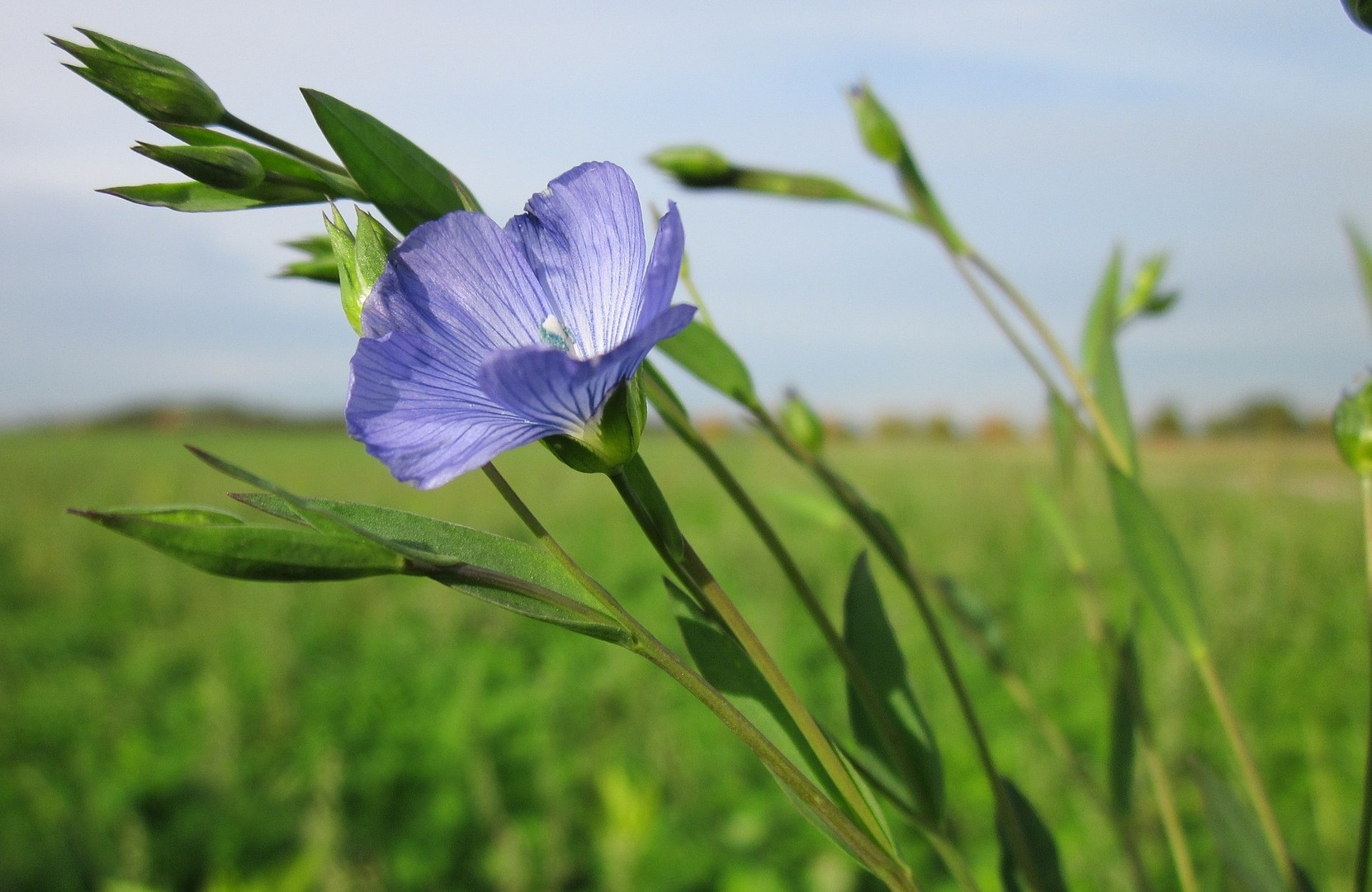No products
Prices are tax included
Wonderful properties of linen

Linen fabrics
Linen fabrics are valued both by designers and users for their smoothness, silky shine, durability, comfort of use, easily recognizable specific look, reminiscent of their "field" and close to native origin.
Linen fabrics in 90% are used for textile purposes, of which:
- 60% is for clothing
- 15% for home use materials (bed linen, tablecloths, curtains, etc.)
- 15% for upholstery materials
- 10% on industrial fabrics (technical)
Linen is used in all assortments of clothing, including sportswear.
The Institute of Natural Fibers and Herbals in Poznan has been conducting research on hygiene and comfort of garments for several years and identifying phenomena resulting from the influence of clothing on human physiological parameters.
These studies have confirmed that flax and hemp clothing:
- It is characterized by very high hygienic qualities providing optimal microclimate in the sphere of leather-clothing,
- Positively affects the human body, does not cause allergies, strengthens the immune system,
- It does not induce in the human body increased tendency to fatigue, as it is the case with chemical fiber clothing,
- Does not affect the increase of sweating and increase in body temperature,
- Does not accumulate static electricity on the clothing surface.
- Fiber hygroscopicity is one of the most important characteristics of fiber, especially for clothing and bedding.
Flax, like all natural fibers, is characterized by high moisture sorption.
The fiber of the linen contains in its composition lignin, which is a perfect natural UV absorber.
Besides, linen clothing has a cool grip, so wool with its excellent biophysical properties is the best raw material for summer clothing collections.
Flax does not cause allergies, has bacteriostatic and bactericidal properties.
Wool can be boiled and even sterilized, it is much more durable and resistant to spraining than cotton. Thanks to the special compounds - pectin type B - wool becomes more and more soft and pleasant to the touch.
Thanks to its low electrostatic properties, even a small addition of linen fibers in blend fabrics significantly lowers electrostatic charge.
Linen beddings
Linen supports a peaceful sleep. Linen bedding gives a sense of coolness due to the properties of thermoregulation. During the heat, it absorbs moisture and excessive heat, and during the cold it stops the heat of the body.
Modern technologies have allowed refining of linen fabrics, making blends with other fibers such as cotton, wool, silk, viscose, polyester and lycra.
Mixing linen with other fibers has proved to be one of the effective ways to soften fabrics as well as lowering the price of a product.
The development of knitting linen yarns enabled the expansion of the area of flax utilization to also produce knitwear. This has improved the utility values of the products. Knit linen is durable, though it is delicate.
Flax knitwear is an excellent, proven raw material for the production of original, non-standard garments addressed to fashionable women who look forward to stylish yet natural offers.
These knits are excellent for inter alia. For underwear and sportswear.
Flax products are valued not only for ecological, natural origin and the related safety for the human body, but also for the environment - after the use of flax it is fully biodegradable.
Nonwoven fabrics
From the inferior quality flax fibers are produced thin-woven fabrics, with a surface weight of about 100g / m2, perfectly suitable for the production of ecological - biodegradable bags and packages. Other types of linen, with a higher surface mass (250-1200g / m2) are intended for the automotive industry, furniture industry, and as geotextile and biotextile (grass seed) for road construction to strengthen the roadside.
Cellulose and Composites
The lowest quality fiber is used as raw material for the production of long fiber pulp of used high quality papers, cigarette paper and as fillers in composite materials.
For health and beauty
Well-known and valued herbs in flax have been with man for a very long time. Found next to the clay pots in excavations thousands of years ago was described in old Chinese records, Hindu, already recommended by Hippocrates as a medicine for many diseases.
Flax seeds contain up to 8% of mucus substances that naturally alleviate the effects of gastrointestinal mucosal irritants. Flaxseed is therefore recommended for the treatment of gastrointestinal, respiratory or dermatological illnesses, where shedding, softening and soothing properties of linseed are used.
In addition, flax seeds contain up to 40% of valuable oil. Linseed oil is a unique vegetable oil containing more than 90% unsaturated fatty acids.
Another important ingredient in flaxseed is a very valuable and easily digestible protein, which contains up to 25% of the protein. The digestibility index of flax protein under the influence of pepsin and trypsin are among the highest.
Linseed oil, which contains essential fatty acids, is used prophylactically and therapeutically in heart disease, inflammatory conditions, hormone deficiencies, and even infertility. It has substances that it does not produce - and they really need it! - human body! Flaxseed also contains acids and substances called lignin, which can fight cancer, bacterial and viral infections.
Source: Polish Chamber of Flax and Konopli, http://www.pilik.pl/en/show_page/104
